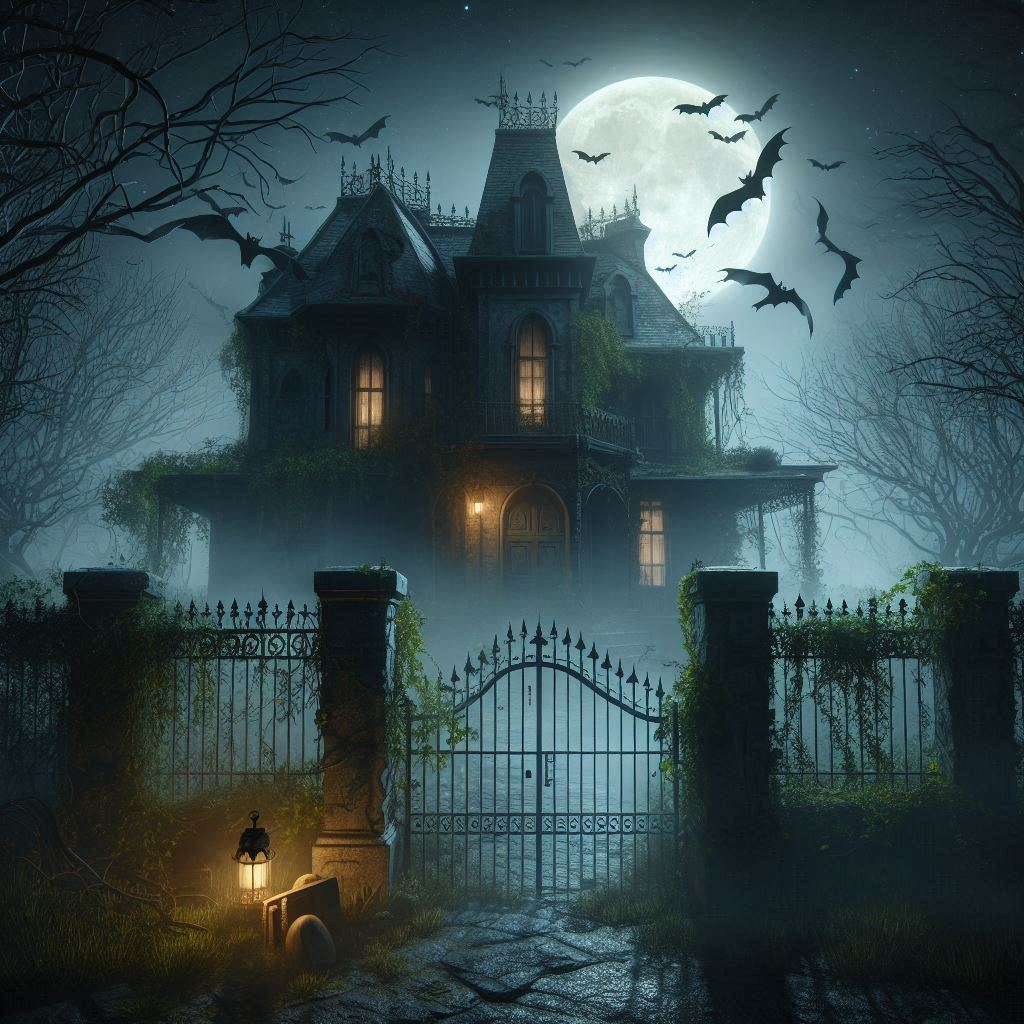Horror Stories and Urban Legends: A Dive into Collective Fear
Horror stories and urban legends have always fascinated and terrified humanity. These tales, often passed down orally or through modern media, are steeped in mystery and dread, evoking a collective fear and fueling our imaginations. But what makes these stories so captivating? Let's delve into the dark and eerie world of urban legends and horror stories.
The Origin of Urban Legends
Urban legends are stories often presented as true, but whose authenticity is hard to verify. They originate from popular fears and superstitions, evolving over time and across cultures. These stories often reflect the social concerns and anxieties of the era in which they emerge.
Modern urban legends, unlike traditional myths and fairy tales, are set in contemporary contexts and involve events that could happen to anyone. It's this closeness to our everyday reality that makes these stories so frightening. Who hasn't heard about the babysitter terrorized by a call coming from inside the house, or the ghostly hitchhiker appearing on a dark, lonely road?
Horror Stories: Between Fiction and Reality
Horror stories, on the other hand, are a literary and cinematic genre designed to frighten and shock the audience. They exploit our deepest fears: fear of the unknown, death, madness, and the supernatural. These tales can be purely fictional or inspired by real events, often blurring the line between reality and imagination.
A quintessential example is the haunted house story. Many horror narratives revolve around places supposedly haunted by spirits or malevolent entities. The infamous Amityville house is a perfect example. Located on Long Island, this house became famous after the Lutz family claimed to have experienced a series of terrifying paranormal events after moving into the house where a series of murders had occurred.
Why Do We Love to Be Scared?
The fascination with horror stories and urban legends may seem paradoxical: why do we seek to be frightened? Several theories attempt to explain this phenomenon.
- Adrenaline and Thrill: Listening to or reading scary stories triggers an adrenaline rush, similar to that experienced on roller coasters. This surge of intense feelings can be addictive for some people.
- Catharsis: Confronted with terrifying tales, we undergo a form of catharsis, an emotional purification. By facing our fears in a safe context (such as a movie or book), we can better manage our real anxieties.
- The Need to Understand Evil: Horror stories allow us to explore the concept of evil, its origins, and its manifestations. They offer a way to understand and rationalize what defies logic.
The Cultural Impact of Urban Legends and Horror Stories
Urban legends and horror stories have a profound impact on popular culture. They influence cinema, literature, and even social behaviors. Cult films like "Halloween," "The Exorcist," or "Scream" have become iconic references of the genre, often inspired by urban legends or true stories.
Moreover, with the advent of social media, urban legends spread faster than ever. Platforms like Reddit or YouTube are teeming with testimonies and scary tales, creating a new form of digital folklore.
Conclusion
Horror stories and urban legends will continue to captivate and terrify future generations. They reflect our deepest fears and our fascination with the inexplicable. By exploring these tales, we plunge into the depths of collective imagination, where dread and fascination meet to create an unforgettable experience. So, the next time you hear a strange noise in the night or come across a scary story online, remember that you are participating in an age-old tradition of fascination with horror.

